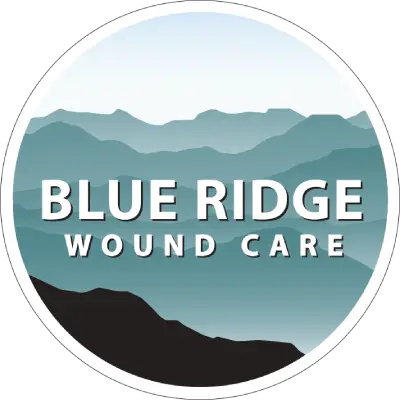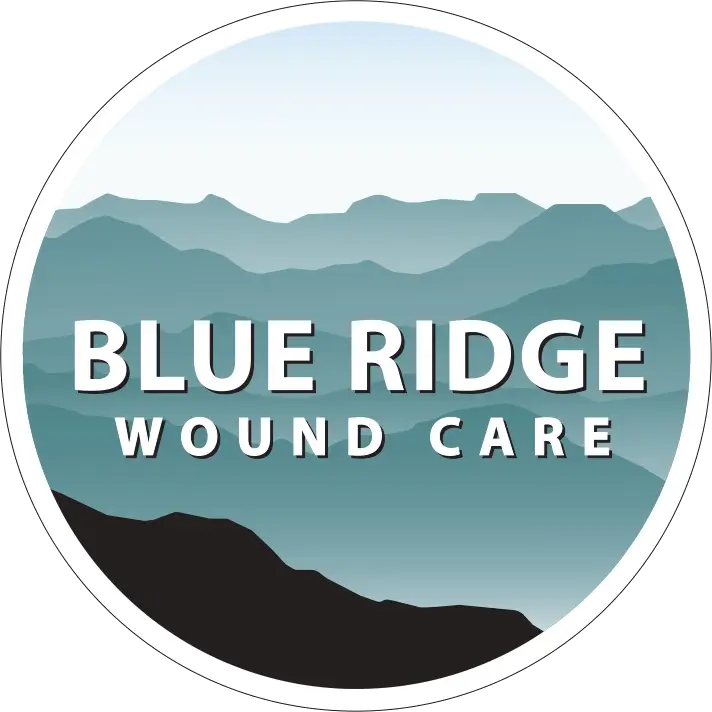For numerous patients grappling with the challenging aspect of wound recovery, the process can feel like a perpetual cycle of progress and setbacks. It is crucial to recognize that the healing journey of a wound demands time and traverses distinct stages, potentially taking several months in severe instances. Blue Ridge Wound Care’s healthcare professionals possess the tools and expertise to guide you through these healing stages efficiently, interrupting the recurring pattern of wounds reopening weeks later. By enrolling in a specialized wound care program, the focus is not only on healing the immediate wound, but also on addressing the underlying factors contributing to wound formation.
A common query from patients is, “What are the stages of wound healing?” To provide a more detailed understanding of the intricacies of the healing process, we’ve decided to delve into the subject and elaborate on how the three stages of healing are interlinked.
Inflammatory Phase (4-6 days):
• Initiates promptly after the injury.
• Key processes:
• Hemostasis: Activates blood clotting mechanisms to halt bleeding.
• Inflammation: Mobilizes white blood cells, such as neutrophils, to the wound site, defending against infection and aiding in debris removal.
• Cleansing: Leukocytes eliminate debris and bacteria, preparing the wound for subsequent stages.
Proliferative Phase (4-24 days):
• Overlaps with the Inflammatory Phase, commencing while inflammation is still underway.
• Key Processes:
• Angiogenesis: Generates new blood vessels to supply nutrients and oxygen to the healing tissue.
• Fibroplasia: Production of collagen by fibroblasts, strengthening the wound.
• Granulation Tissue Formation: Formation of delicate, reddish tissue comprising new blood vessels, fibroblasts, and inflammatory cells.
• Epithelaization: Migration and proliferation of epithelial cells, fostering the growth of a new skin layer.
• Contraction: Myofibroblasts induce wound contraction, reducing its size.
Maturation (Remodeling) Phase (21 days-2 years):
• Begins as early as the Proliferative Phase but extends over an extended period.
• Key Processes:
• Collagen Remodeling: Continuous replacement and realignment of collagen fibers to enhance tissue strength.
• Scar Formation: Transition from granulation tissue to scar tissue, with the scar refining over time.
• Tensile Strength Improvement: Strengthening of the wound area as collagen matures.
• Scar Maturation: Gradual evolution of scar tissue, leading to changes in its appearance.
These stages epitomize a dynamic and interconnected process of wound healing. Effective wound care Necessitates ongoing assessment at different stages, addressing specific requirements during each phase, and adopting a comprehensive approach to promote optimal healing while minimizing complications.


